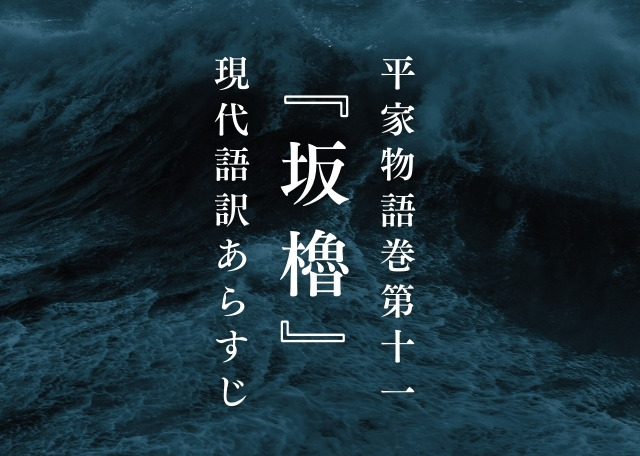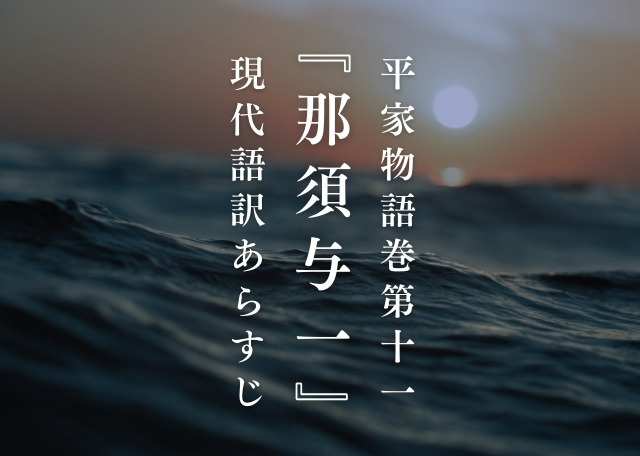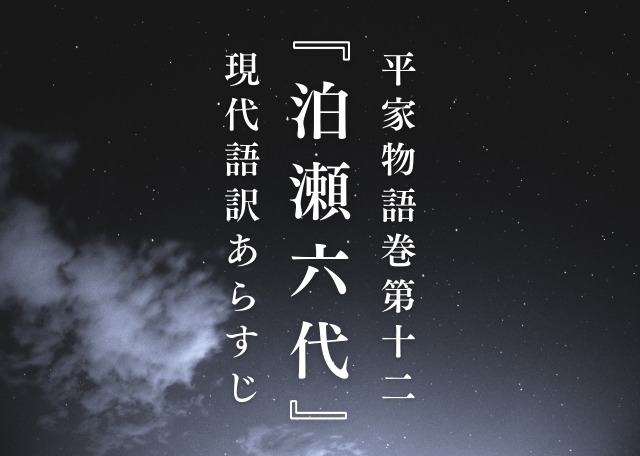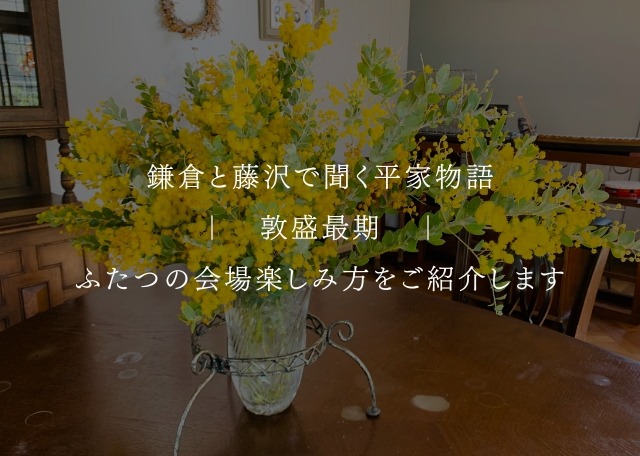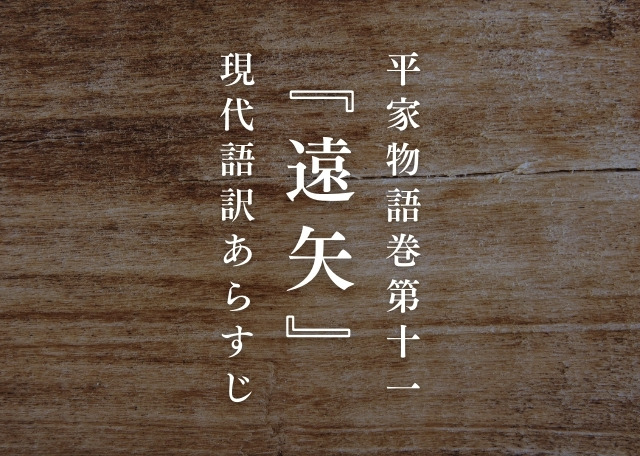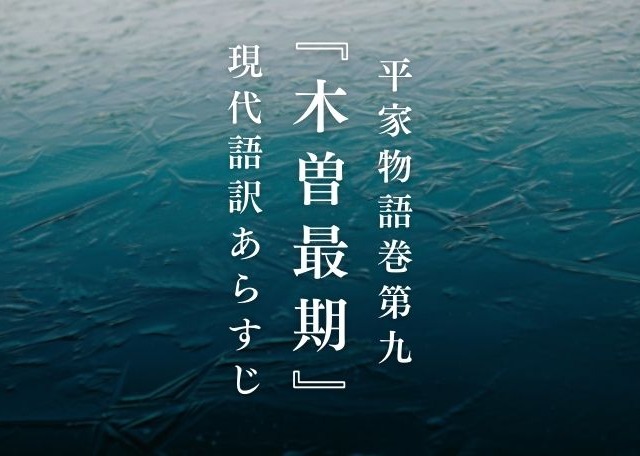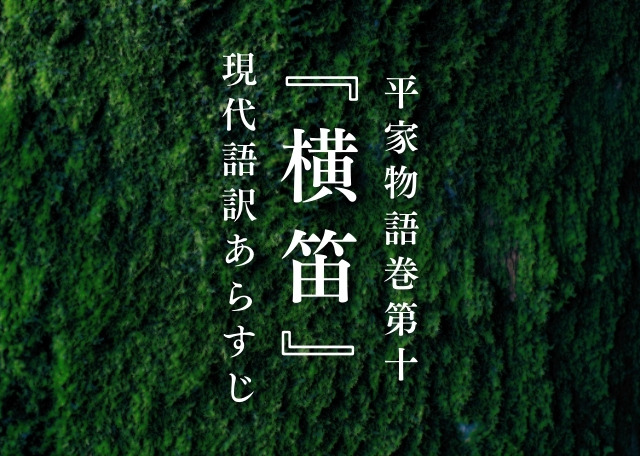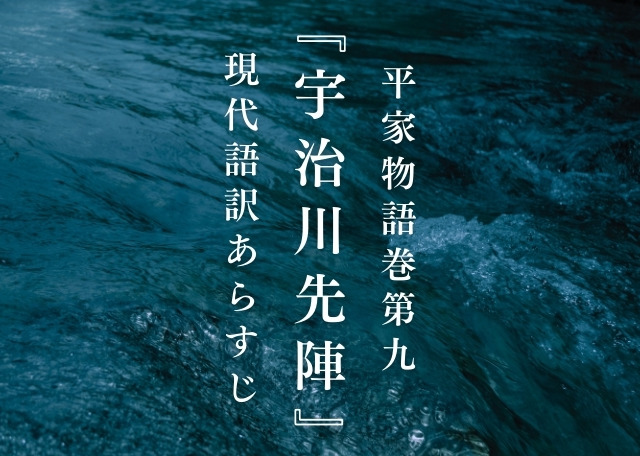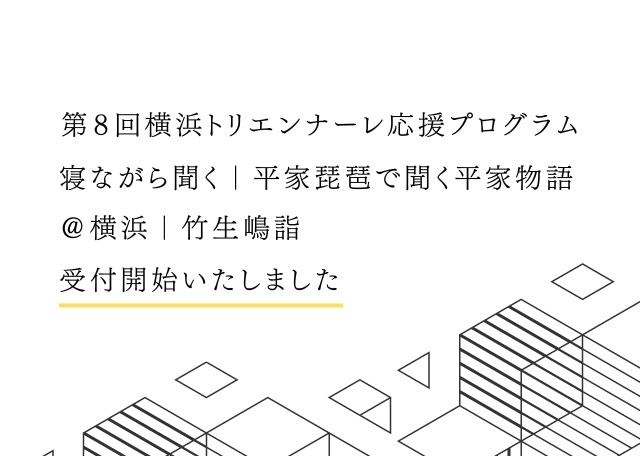Welcome to our site.
This is the website of MORINORI, which holds small Heikyoku (a performance of the Heike Monogatari accompanied by Heike biwa) concerts and lectures. On this page, we introduce a modern translation of the summary of the Heike Monogatari, Volume 11, “Tsuginobusaigo”. It’s not very good, but please take a look if you like.
▼For first-time visitors
https://morinorijapan.com/en/welcome
▼Program introduction
https://morinorijapan.com/en/performance-lineup
▼Listen to Heikyoku
https://morinorijapan.com/en/watch-the-sound/
▼Click here for a list of modern translations of the Tale of the Heike
The Tale of the Heike is performed at concerts and lectures, etc., in modern Japanese translation.
https://morinorijapan.com/en/category/tale-of-the-heike-en/
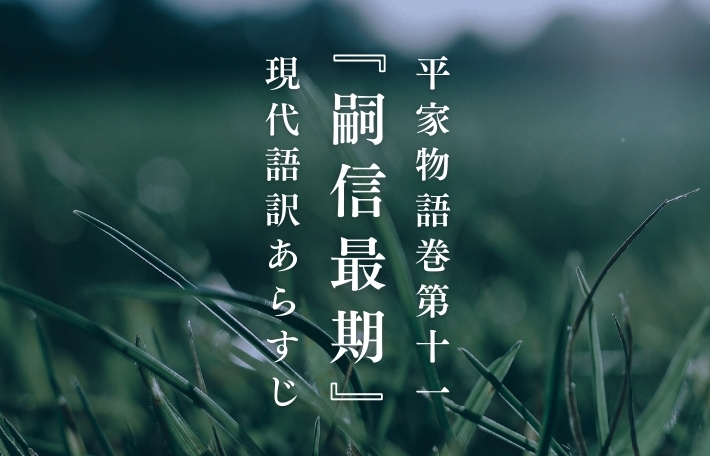
A simple summary of the Tale of the Heike, Volume 11, “Tsuginobusaigo”
Yoshitsune stands on the battlefield, wearing a red brocade haori and a purple-trimmed suit of armor, and announces his name proudly. Following him, a thousand warriors raise their voices and join the battle. The Heike side responds by firing arrows one after another, but the Genji soldiers continue to fight bravely.
Sato Saburobei Toshitsugu of Oshu is shot by Notodono and falls from his horse, and Kikumaru tries to take his head, but his younger brother Tadanobu shoots an arrow to save his brother and shoots down Kikumaru. Notodono throws Kikumaru into a boat, but he draws his last breath. Notodono is saddened and loses the will to fight.
Just before his life came to an end, Tsugunobu exchanged his final words with Yoshitsune, and spoke of his regret at not being able to see Yoshitsune’s future, rather than his own death. Yoshitsune pitied Tsugunobu’s death, and called a priest to mourn with him. His retainers, including Tadanobu, showed their determination to spare no effort to serve Yoshitsune in this battle.

The Tale of the Heike, Volume 11: “The Last Days of Tsuginobusa” – Full modern translation
*This is a modern translation of the text taken from the Heikyoku score “Tsuginobusaigo”.
Hougan(Yoshitsune) wore a red brocade kariginu with a purple-trimmed suit of armor, and tied the strap of his helmet, which had a horned crest, around his head. He also wore a gold-made sword at his waist. Carrying a bow made of rattan with 24 feathers on the back, he mounted a strong black horse with a gold-covered saddle, and, standing up and gripping the stirrups, he stared out to sea and loudly announced his name: “I am Minamoto Yoshitsune, the fifth-ranked official of the Ministry of Justice, the messenger of the Emperor.”
The next to announce their names were Tashiro no Kanjinobu, a resident of Izu Province, Kaneko Juro Ietada, a resident of Musashi Province, and Yoshiaki Chikanori, Ise no saburou Yoshimori. The next to come forward were the one-man warriors Gotoubyoue Sanemoto and his son ShinbyoueMotokiyo, Sato Saburobyoue Tsunenobu and Shirobyoue Tadanobu from Oshu, Eda Genzo, Kumai Taro, and Musashibo Benkei. They all raised their voices in unison as they gallantly came forward to join the fray.
The Heike saw this and shouted “Just shoot, just shoot!”, and some of the boats shot arrows from a distance, while others shot arrows at close range. They shot arrows back and forth, one after another, furiously shooting arrows at the Genji soldiers, but the Genji soldiers did not pay any attention to this, and shot arrows with their bows held in their left hands, and then switched to their bows in their right hands. They bravely attacked and fought, using the shade of the raised boats as a resting place for their horses.
Gotoubyoue Sanemoto, an old soldier, did not take part in the battle on the beach, but first broke into the imperial palace and set fire to it, burning it down in a matter of moments. When the Minister (Taira no Munemori) heard about this, he called the samurai and asked them how many soldiers the Genji army had, and they replied, “There are no more than 70 or 80 of them.” Hearing this, the Minister lamented, “How heartbreaking! Even though their numbers were so few that they could not be counted even if you pulled out each hair one by one, they still surrounded us, did not attack, and panicked and boarded their ships, allowing the Imperial Palace to be burned down.
“Where is Notodono? Come ashore and fight me!” he shouted, and in response, over 200 warships led by Jirobei MORI of Etchu, Gorobei TADAMITSU of Kazusa, and Kagekiyo AKUSHICHIBEI came to shore and took up positions on the beach in front of the burnt-down main gate. Hougan(Yoshitsune) also led 70 or 80 horsemen to confront them.
Then, from the Heike side, Echuchu Jirobei MORI stepped forward onto the ship’s deck and shouted at the top of his voice: “I heard your names before, but across the sea, I can’t tell whether they’re real names or aliases. Who is the leader of the Genji today? Speak up!” Hearing this, Ise no saburou Yoshimori stepped forward and said, ‘How foolish. As you may know, he is the tenth generation descendant of Emperor Seiwa, the younger brother of the Kamakura-dono, and is the famous Kuro-Hougan(Yoshitsune).’ Hearing this, MORI said, ”Oh, I see. He said, “Is that the little boy who was orphaned when his father was killed in the Heiji Rebellion, and who spent his childhood at Kurama Temple, and later wandered as far as Oshu, carrying food on his back to help a merchant?”
Yoshimori heard this and replied, “Don’t speak so lightly of your lord. I think it was you who were defeated in the battle of Tonamiyama in the northern provinces, barely managing to escape with your lives and wandering the Hokuriku region like beggars before reaching here.” Hearing this, MORI replied, “What kind of beggars would we be if we were not grateful to our lord? Rather, I hear that you were the ones who were surviving by acting like bandits in the Suzuka Mountains of Ise Province.”
When Kaneko Juro heard this, he said, ”This is a pointless exchange of insults. Who benefits from lying and saying bad things about others and yourself? But if you had seen the skills of the young warriors from Musashi and Sagami in Ichinotani in Settsu Province last spring, you wouldn’t have had to say such a falsehood.” Then his younger brother Yoichi drew back his twelve-bundle, two-fold bow and let fly. It pierced through the breastplate of Jirobyouemoritsugi armor, and the argument between them ended there.
Notodono, believing that there was a way to defeat the naval forces, set out to battle without wearing a suit of armor, but instead wearing a karamakizome kosode kimono and karayui armor, and carrying a katana with a tough blade, as well as 24 arrows on his back and a bow made of rattan. He was the best archer in the king’s castle, and no one could avoid his arrows. In particular, he was aiming to kill Minamoto no Kuro no Yoshitsune, the general of the Genji, with a single arrow, but the Genji forces were also aware of this, and the fierce warriors of the Oshu region, such as Sato sabuoubyoue tsuginobu, Shirobei tadanobu, Eda gen , Kumai Taro, and Musashibo Benkei, all of whom were fierce warriors who could fight single-handedly, lined up their horses’ heads in a row and stood in front of the general like a shield, so Notodono was unable to attack as he wished.
Notodono shouted “Stand aside, you common soldiers!” and fired arrow after arrow, shooting down the enemy one after another. In the blink of an eye, about ten armored warriors were pierced by arrows and fell. Sato sabuoubyoue tsuginobu of Oshu, who was advancing at the front, was pierced by an arrow from his left shoulder to his right side, and he fell from his horse in an upside-down position, unable to bear it.
At that time, a strong warrior named Kikumaru, a child serving Notodono, leapt at Tsugunobu to try and take his head. Kikumaru was wearing a light green bellyband, had his three-piece armor strap tied around his waist, and had drawn his sword, aiming for Tsugunobu’s head. However, when he saw this, his younger brother, Sato Shirobei Tadanobu, fired a volley of 13 arrows to prevent his brother from taking Tsugunobu’s head, piercing Kikumaru’s kusazuri and knocking him to the ground on all fours.
Notodono saw this and, not wanting the enemy to take his head, jumped off the ship in a hurry, holding his bow in his left hand and grabbing Kikumaru’s body with his right hand and throwing him back into the ship. Kikumaru had been seriously wounded and this proved fatal. This boy named Kikoumaru originally served Lord Mitsunori Toshimori of Echizen, but after Toshimori was killed, he came to serve his younger brother, Notodono. He was only 18 years old. Notodono felt so sorry for Kikoumaru having been killed that he did not fight in any battles after that.
Hougan(Yoshitsune) also had Sato sabuoubyoue tsuginobu carried into the rear of the camp, and he quickly dismounted from his horse, took Tsuginobu’s hand, and asked, “How are you, Saburobei?”. Saburobei, barely able to speak, replied, “I feel like this is the end for me now”. When Yoshitsune asked him if he had any regrets, Tadanobu replied, “I have no regrets. The only thing I regret is that I will die without having seen your reign (Yoshitsune’s). Other than that, as a man who wields a bow and arrow, I have always been prepared to die from an enemy arrow. In particular, it is said that a man called Sato sabuoubyoue tsuginobu from Oshu was killed on the beach at Yashima in Sanuki Province during the Genpei War, taking the place of his lord and dying in his place. It is an honor to be remembered in this way for generations to come, and there is nothing better than this as a memory of the afterlife.” As he said this, he gradually lost strength.
Hougan(Yoshitsune) felt sorry for him and his tears wet the sleeve of his armor. After a while, he asked if there was a noble priest nearby, and when he found one, he asked him to pray for the dead man’s soul. He then placed a good saddle on the black, strong and sturdy horse and gave it to the monk. This horse was a famous horse called “Daiyu Kuro” that was also promoted to the same rank of “Go-no-jo” when Yoshitsune was appointed to the same rank. It is also known that he rode this horse down the back of the Hato-goe pass during the Ichinotani battle.
Yoshitsune’s retainers, including his younger brother Tadanobu, saw this and said that they would not regret losing their lives for their lord.
▼Click here for a list of modern translations of the Tale of the Heike
*The Tale of the Heike is performed at concerts and lectures, etc., in modern Japanese translation.
https://morinorijapan.com/category/tale-of-the-heike/
Thank you for reading this far.
I hope to see you somewhere someday.

